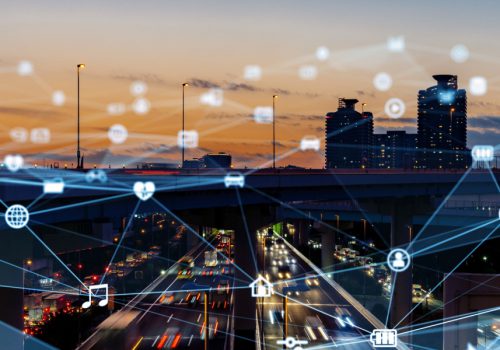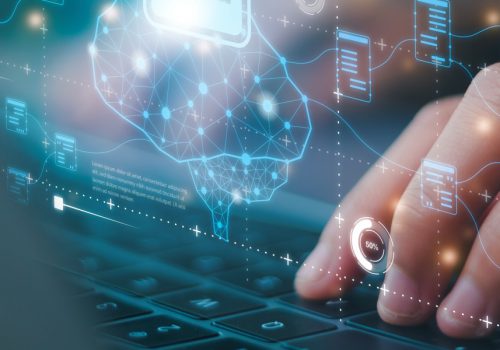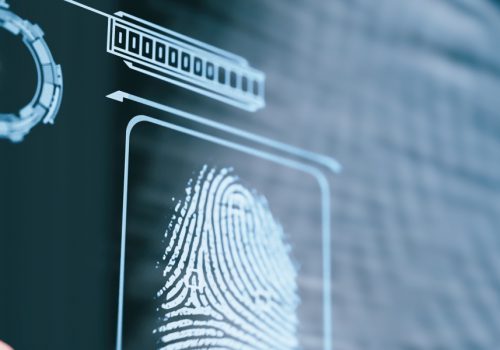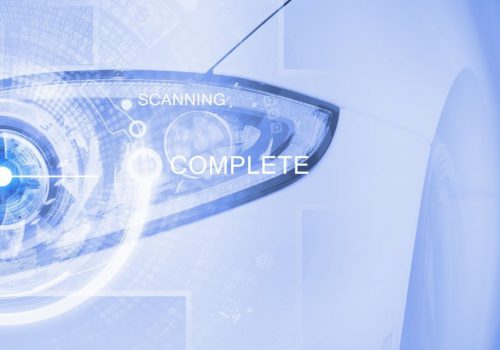In today’s digital world, balancing IT security measures with user privacy has become more crucial than ever before. With the increasing prevalence of cyber threats and the vast amount of personal data being collected, it is essential to understand the significance of IT security and user privacy.
This article will delve into the various aspects of this complex issue, exploring the role of IT security, the value of user privacy, the intersection of security and privacy, legal and ethical considerations, and future trends in this field.
Understanding the Importance of IT Security
In the digital age, IT security plays a pivotal role in safeguarding sensitive data and protecting individuals and organizations from cyber threats. With the constant evolution of technology, the risks associated with cybercrime have grown exponentially, making robust security measures a necessity.
An effective IT security system encompasses various elements, including network security, data encryption, access controls, and vulnerability management. These measures help prevent unauthorized access to information, ensuring the confidentiality, integrity, and availability of data.
When it comes to network security, organizations employ various techniques to protect their systems from external threats. These techniques include implementing firewalls, intrusion detection systems, and virtual private networks (VPNs). Firewalls act as a barrier between internal and external networks, monitoring and filtering incoming and outgoing network traffic. Intrusion detection systems, on the other hand, detect and respond to unauthorized access attempts or malicious activities within the network. VPNs create secure connections over public networks, allowing users to access private networks remotely.
Data encryption is another critical aspect of IT security. Encryption transforms data into an unreadable format, ensuring that even if it is intercepted, it remains unintelligible to unauthorized disclosure and maintains its confidentiality.
Access controls are essential in limiting access to sensitive data and resources. Organizations implement various access control mechanisms, such as passwords, biometric authentication, and role-based access control (RBAC). Passwords serve as the first line of defense, requiring users to provide a unique combination of characters to gain access. Biometric authentication, on the other hand, uses unique physical or behavioral characteristics, such as fingerprints or facial recognition, to verify a user’s identity. RBAC assigns specific roles and permissions to users based on their job responsibilities, ensuring that they only have access to the resources necessary to perform their tasks.
The Role of IT Security in the Digital World
IT security serves as the foundation for maintaining trust in the digital world. It enables individuals and organizations to conduct business, share information, and communicate securely. Without proper security measures in place, data breaches, identity theft, and other cybercrimes could run rampant, eroding trust and causing significant financial and reputational damage.
One of the most significant threats in the digital world is malware. Malware refers to malicious software designed to infiltrate systems and cause harm. It can take various forms, such as viruses, worms, ransomware, and spyware. To combat malware, organizations employ antivirus software that scans for and removes malicious code from systems. Additionally, regular software updates and patches are crucial to address vulnerabilities that could be exploited by malware.
Another growing concern in the digital world is special engineering attacks. Social engineering involves manipulating individuals to gain unauthorized access to systems or sensitive information. Common social engineering techniques include phishing, where attackers impersonate legitimate entities to trick users into revealing their credentials or personal information. Organizations combat social engineering attacks through employee training programs that educate users about the risks and teach them how to identify and respond to suspicious requests or messages.
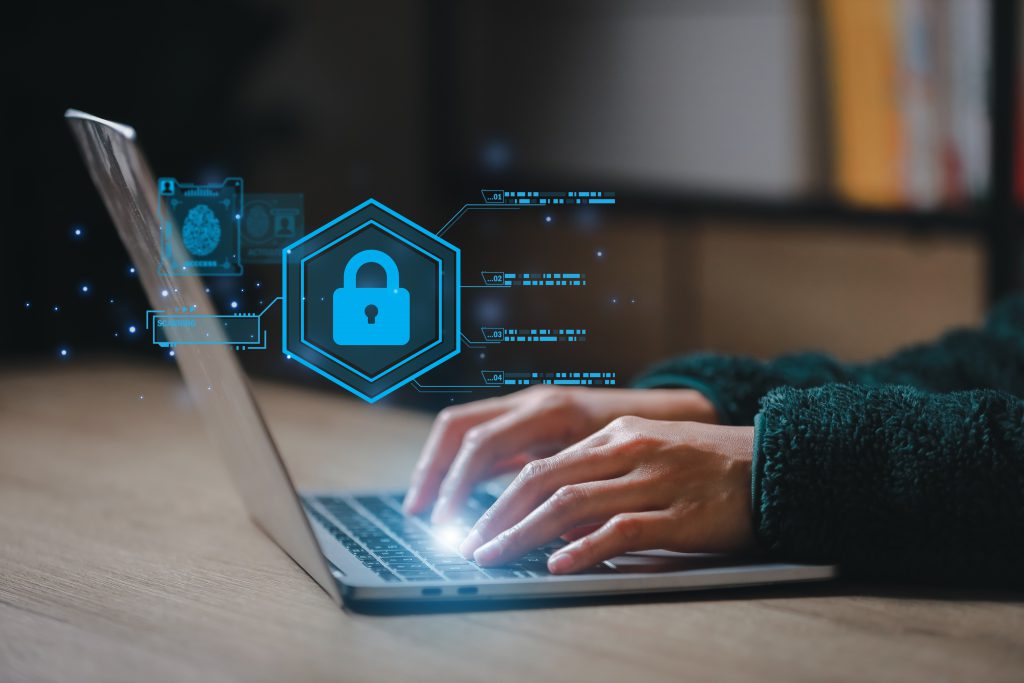
Key Elements of a Robust IT Security System
A robust IT security system comprises multiple layers of defense to safeguard important information. It starts with identifying and assessing potential risks, followed by implementing physical, technical, and administrative controls.
Physical controls involve securing physical assets, such as servers and data centers, to prevent unauthorized physical access. This includes measures like surveillance cameras, access card systems, and secure storage facilities. By implementing physical access controls, organizations ensure that only authorized personnel can physically access critical infrastructure and sensitive data.
Technical controls include firewalls, intrusion detection systems, and encryption protocols, which protect data in transit and at rest. Firewalls monitor and filter network traffic, blocking unauthorized access attempts and potentially malicious content. Intrusion detection systems detect and respond to suspicious activities within the network, providing real-time alerts to security personnel. Encryption protocols, such as Secure Sockets Layer (SSL) and Transport Layer Security (TLS), secure data during transmission, making it unreadable to anyone who intercepts it.
Administrative controls encompass policies, procedures, and employee training to ensure compliance with security best practices. These controls define the rules and guidelines that govern how organizations handle sensitive data and manage security incidents. Employee training programs educate staff about security risks, teach them how to recognize and report potential threats and promote a culture of security awareness within the organization.
In conclusion, IT security is of utmost importance in the digital age. It protects sensitive data, maintains trust, and mitigates the risks associated with cyber threats. By implementing a robust IT security system that encompasses network security, data encryption, access controls, and vulnerability management, organizations can safeguard their valuable assets and ensure the confidentiality, integrity, and availability of their data.
The Value of User Privacy
User privacy is a fundamental human right that deserves protection in the digital age. It revolves around individuals’ control over their personal information and the ability to make informed decisions regarding its collection and usage.
Protecting user privacy not only respects individual autonomy but also fosters trust between users and the organizations they interact with. When privacy is compromised, individuals may experience a loss of trust, reduced participation, and reluctance to share personal data, undermining the benefits of technological advancements.
But what exactly does user privacy mean in the digital age? Let us delve deeper into this topic.
Defining User Privacy in the Digital Age
User privacy in the digital age encompasses the collection, storage, and use of personal data by organizations. It relates to how individuals’ information is handled, shared, and protected from unauthorized access or misuse.
Transparency and consent are key principles in protecting user privacy. Organizations should communicate their data collection practices, specify the purpose for which information is collected, and seek consent from users before collecting data.
For instance, when you sign up for a new social media platform, they should inform you about the types of data they collect, such as your name, email address, and location. They should also explain how they use this data, whether it is for targeted advertising or improving their services. Only after you have given your informed consent should they proceed with collecting your personal information.
By ensuring transparency and seeking consent, organizations can empower users to make informed decisions about their privacy and establish a relationship built on trust.
The Impact of Privacy Breaches on Users
Privacy breaches have far-reaching implications for individuals. They can result in identity theft, financial loss, reputational damage, and emotional distress. Once personal information is exposed, it is challenging to regain control and mitigate the potential harm.
Imagine waking up one day to find out that your credit card information has been stolen from an online shopping website you trusted. Not only would you have to deal with the financial repercussions, but you might also experience anxiety and stress, wondering how this breach will affect your reputation and future online transactions.
Furthermore, privacy breaches have societal implications, as they erode trust in the digital ecosystem. They can undermine confidence in online services, jeopardize the efficacy of data-driven technologies, and hinder progress in areas such as healthcare, finance, and education.
For example, in the healthcare sector, privacy breaches can discourage individuals from sharing their health information with medical professionals or participating in research studies. This lack of data can impede advancements in medical treatments and hinder the development of personalized healthcare solutions.
Organizations must prioritize user privacy and invest in robust security measures to prevent breaches. By doing so, they can not only protect individuals but also contribute to a safer and more trustworthy digital environment.
The Intersection of IT Security and User Privacy
While IT security and user privacy are distinct concepts, they are closely intertwined. Striking a balance between these two is crucial to building a secure and trustworthy digital environment.
When it comes to IT security, organizations must consider the impact their measures can have on user privacy. While data encryption and access controls are essential for protecting personal information from unauthorized access or disclosure, there is a fine line between ensuring security and infringing on individuals’ privacy rights.
One of the challenges organizations face is finding the right balance between collecting enough data for security purposes and respecting users’ privacy. Extensive data collection may be seen as invasive by users, leading to concerns about how their personal information is being used and stored.
To address these concerns, organizations need to adopt privacy-enhancing technologies and implement privacy-by-design principles. This means minimizing data collection to only what is necessary for security purposes and ensuring that any collected data is protected and used responsibly.
Furthermore, organizations should conduct privacy impact assessments to identify and mitigate any potential risks to user privacy. By understanding the potential privacy implications of their security measures, organizations can make informed decisions and implement appropriate safeguards.
Transparency is also key in maintaining the balance between IT security and user privacy. Organizations should provide individuals with clear and understandable information about the security measures implemented and how their privacy is being protected. This includes informing users about the types of data collected, how it is stored and secured, and who has access to it.
Empowering users through informed choices and granular consent options can also help foster a sense of control and accountability. By allowing users to customize their privacy settings and choose the level of data sharing they are comfortable with, organizations can demonstrate their commitment to respecting user privacy.
In conclusion, the intersection of IT security and user privacy requires careful consideration and a privacy-first approach. Organizations must strike a balance between implementing robust security measures and respecting individuals’ privacy rights. By adopting privacy-enhancing technologies, conducting privacy impact assessments, and providing transparency and user control, organizations can build a secure and trustworthy digital environment that respects user privacy.
Legal and Ethical Considerations
The complex nature of balancing IT security and user privacy raises various legal and ethical considerations that organizations must navigate.
Laws Governing IT Security and User Privacy
Many countries have implemented laws and regulations to govern IT security and user privacy. These legal frameworks aim to ensure adequate protection of individuals’ personal information, enhance transparency, and hold organizations accountable for any breaches.
Organizations must strive to comply with applicable laws, such as the General Data Protection Regulation (GDPR) in the European Union, the California Consumer Privacy Act (CCPA), and other industry-specific regulations. Failure to comply can result in legal repercussions, fines, and reputational damage.
Ethical Dilemmas in Balancing Security and Privacy
The trade-off between security and privacy often presents ethical dilemmas. Organizations must consider ethical principles, such as accountability, transparency, and proportionality when making decisions that impact both security and privacy.
The ethical choices made can significantly influence individuals’ rights and societal well-being. Striving for ethical practices can promote trust, fairness, and social responsibility within the digital ecosystem.
Future Trends in IT Security and User Privacy
The landscape of IT security and user privacy continues to evolve, driven by emerging technologies and changing societal expectations.
Emerging Technologies and Their Impact on Security and Privacy
Technologies such as artificial intelligence, Internet of Things (IoT), and blockchain offer new possibilities for enhancing both IT security and user privacy. However, these technologies also pose new challenges and risks.
For example, AI can enable proactive threat detection, but it also raises concerns regarding potential biases and privacy invasions. Understanding and addressing the implications of emerging technologies is crucial to ensure security and privacy in the future.
Predictions for the Future of IT Security and User Privacy
As technology advances, so too will the strategies, regulations, and practices surrounding IT security and user privacy. Increased emphasis is expected on data protection, privacy-enhancing technologies, and user-centric approaches.
Furthermore, the ongoing dialogue among stakeholders, including individuals, organizations, policymakers, and technologists, will shape the future of IT security and user privacy, keeping pace with the evolving digital landscape.
In conclusion, balancing IT security with user privacy is a multifaceted challenge in the modern age. Understanding the importance of both aspects, recognizing their intersection, and navigating the legal and ethical considerations are crucial for building a secure and trustworthy digital environment. By prioritizing user privacy, implementing robust security measures, and staying informed about emerging trends, we can strive toward a future where security and privacy coexist harmoniously.



